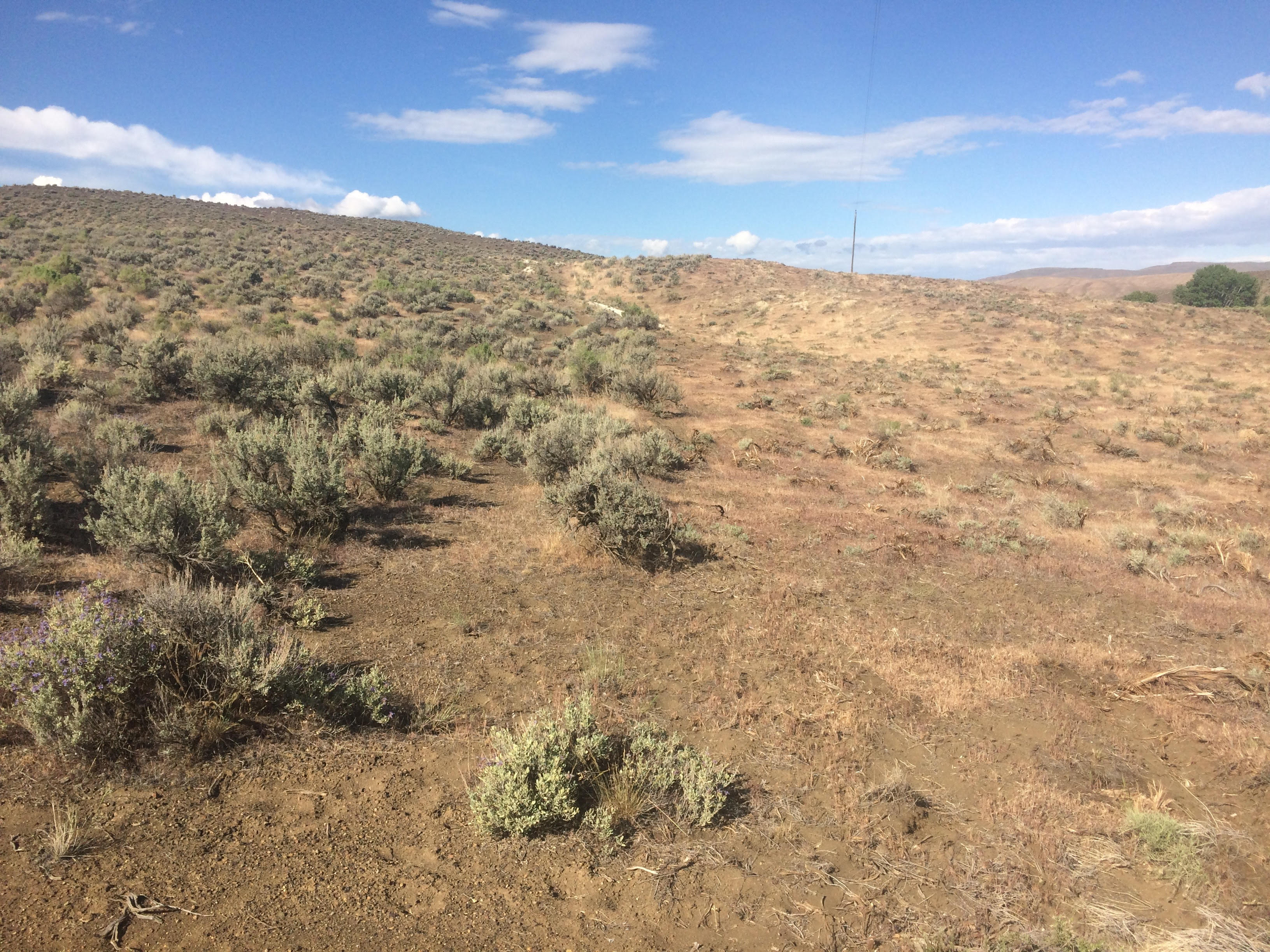-
“The grazing of livestock, where established prior to the effective date of this Act, shall be permitted to continue subject to such reasonable regulations as are deemed necessary by the Secretary of Agriculture.” The Wilderness Act of 1964, Section 4(d)(4)(2) Livestock grazing occurs on some 260 million acres of federal lands, including lands administered by the Forest…
-
News Release Western Watersheds Project Wild Earth Guardians July 25, 2018 DUBOIS, ID. The USDA has released a long-awaited decision on the fate of the agency’s controversial Idaho Sheep Experiment Station, an aging facility that conducts research benefitting private domestic sheep producers at the expense of taxpayers and native wildlife. Under this decision, management of the facility…
-
I wrote this letter to Dr. Naugle more than 10 days ago and have not received a response. It is worth noting that Dr. Naugle has gotten more than $4.5 million in grants to study sage grouse in the past few years. Could this influence his testimony? Dear Dr. Naugle: I just read your July…
-
Recently Colorado U.S. Rep. Scott Tipton was quoted during a congressional hearing of the House Natural Resource Committee recommending the government enlist ranchers and farmers to better protect federal lands. “Some of the best custodians for public lands happen to be our ranchers,” Tipton, R- Cortez, said. Tipton is ignoring the full impacts of livestock…
-
My name is Erik Molvar, and I am Executive Director of Western Watersheds Project (WWP), a nonprofit conservation group that advocates for the protection and restoration of wildlife and watersheds throughout the western United States. WWP specializes in solving environmental problems caused by livestock grazing on public lands. I hold a Master of Science…
-
This past winter, the Bureau of Land Management (BLM) began preparing two Environmental Impact Statements to review the environmental consequences of creating a region-wide series of “fuel breaks” that will add thousands of miles of new linear pathways across the Great Basin portion of Nevada, Idaho, Oregon and Utah. The goal of fuel breaks is…
-
The Western Association of Fish & Wildlife Agencies released a report declaring that invasive plants, especially cheatgrass, is an enormous threat to the sagebrush ecosystem and sage grouse. Ironically the report emphasized that invasive weeds are a threat to the livestock industry as well. The reason it is ironic is that across the West livestock…
-
This past winter, the Bureau of Land Management (BLM) began preparing two Environmental Impact Statements to review the environmental of consequences creating a region-wide series of “fuel breaks” that will add thousands of miles of new linear non-sagebrush habitat across the Great Basin portion of Nevada, Idaho, Oregon and Utah. The goal of fuel breaks…

George Wuerthner is an ecologist and writer who has published 38 books on various topics related to environmental and natural history. He has visited over 400 designated wilderness areas and over 200 national park units.
